Shooting locations can sometimes make or break a film; there are many films in which the location plays a big role in the story. A beautiful or interesting location can really immerse viewers into the movie and enhance the viewing experience.
Some shooting locations can be so exotic or extreme that it can create a difficult or even detrimental situation for production. Here are ten movies with extreme locations, some of which helped the movie stand out, and others that proved to be calamitous.
127 Hours (Utah)
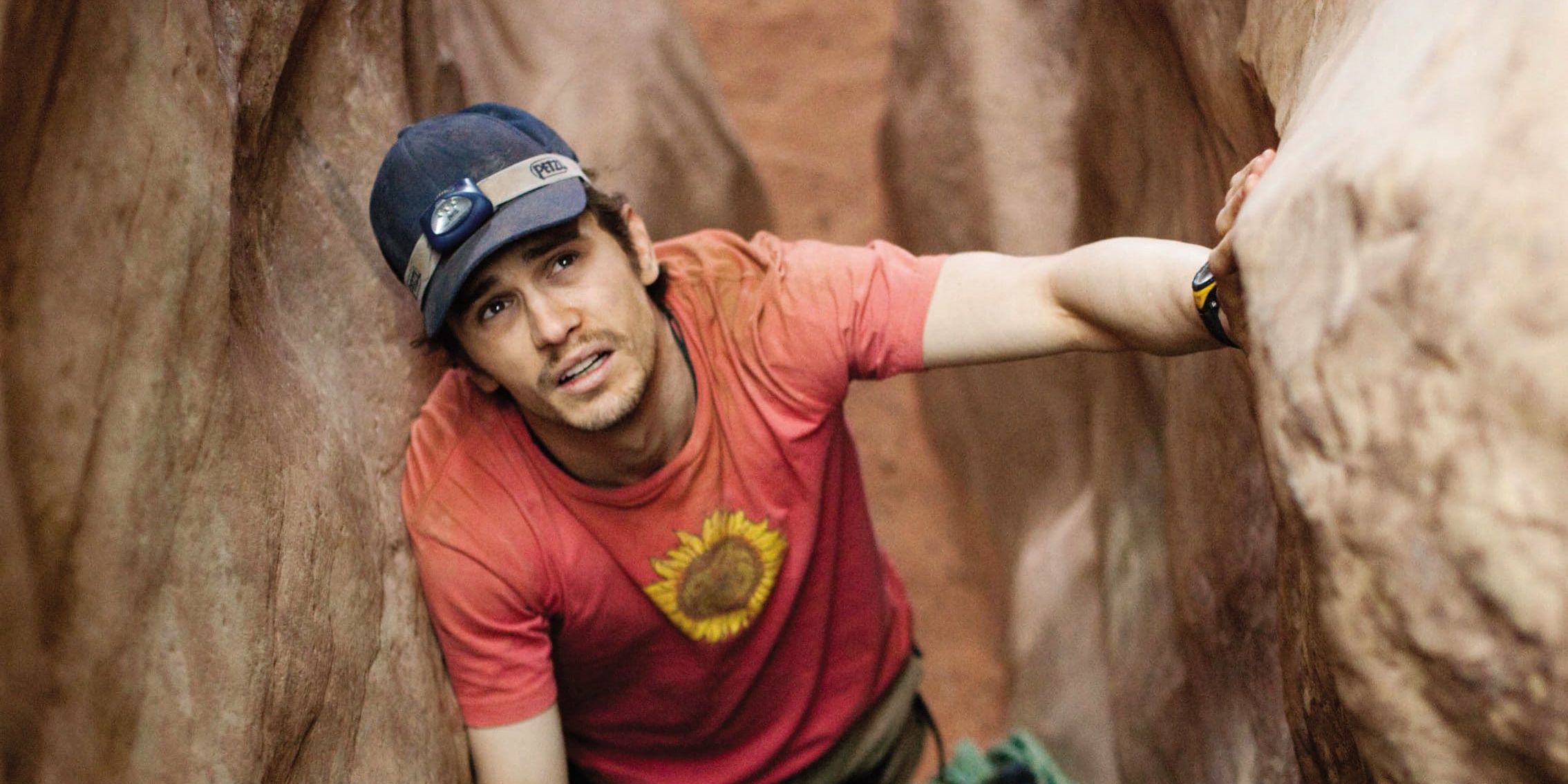
James Franco stars in this 2010 survival drama which takes place in Canyonlands National Park, Utah. This movie was filmed on location and director Danny Boyle hired two cinematographers, Anthony Dod Mantle, who had collaborated with Boyle previously on Slumdog Millionaire, and Enrique Chediak to take shifts for the long, grueling days shooting in the canyon.
Franco had to spend a lot of time in a very small space and was often uncomfortable and even in pain during some scenes, which made his job portraying Aron Ralston’s harrowing ordeal easier in some ways despite the challenging nature of the set.
The Martian (Jordan)
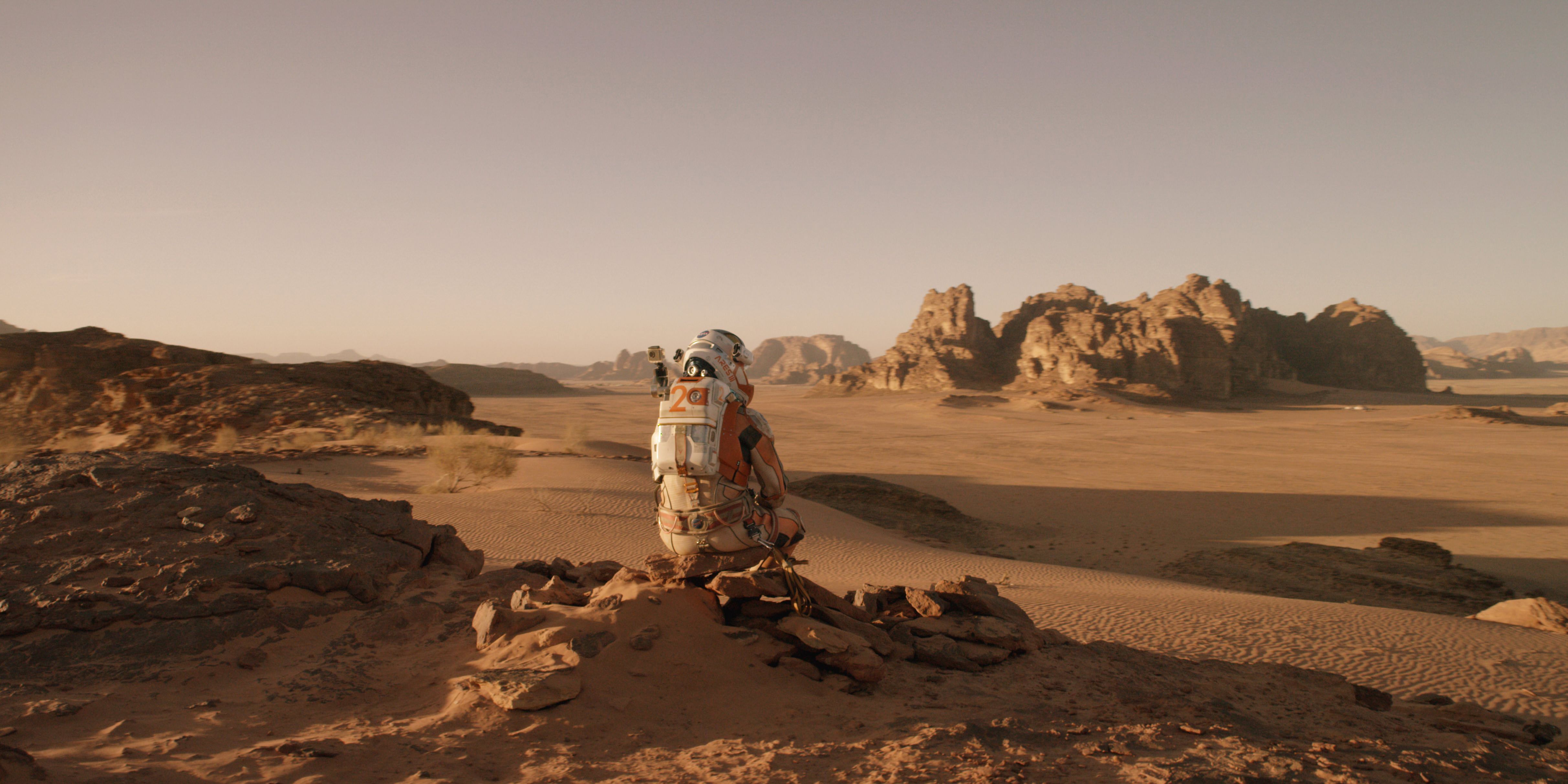
The Martian takes place in the future year of 2035 and tells the story of an astronaut becoming separated from the rest of his crew on Mars in a dust storm and presumed dead. Matt Damon portrays Mark Watney, who must find a way to survive alone on the red planet for the next four years.
Much of the production took place in a village called Etyek just outside of Budapest, Hungary, because it had a huge sound stage that was perfect for filming interiors. For exteriors, however, the crew traveled to Wadi Rum, Jordan. Also known as ‘The Valley of the Moon,” this world heritage site provided the perfect backdrop for mimicking Mars’ vast, alien landscapes.
Black Panther (Uganda)
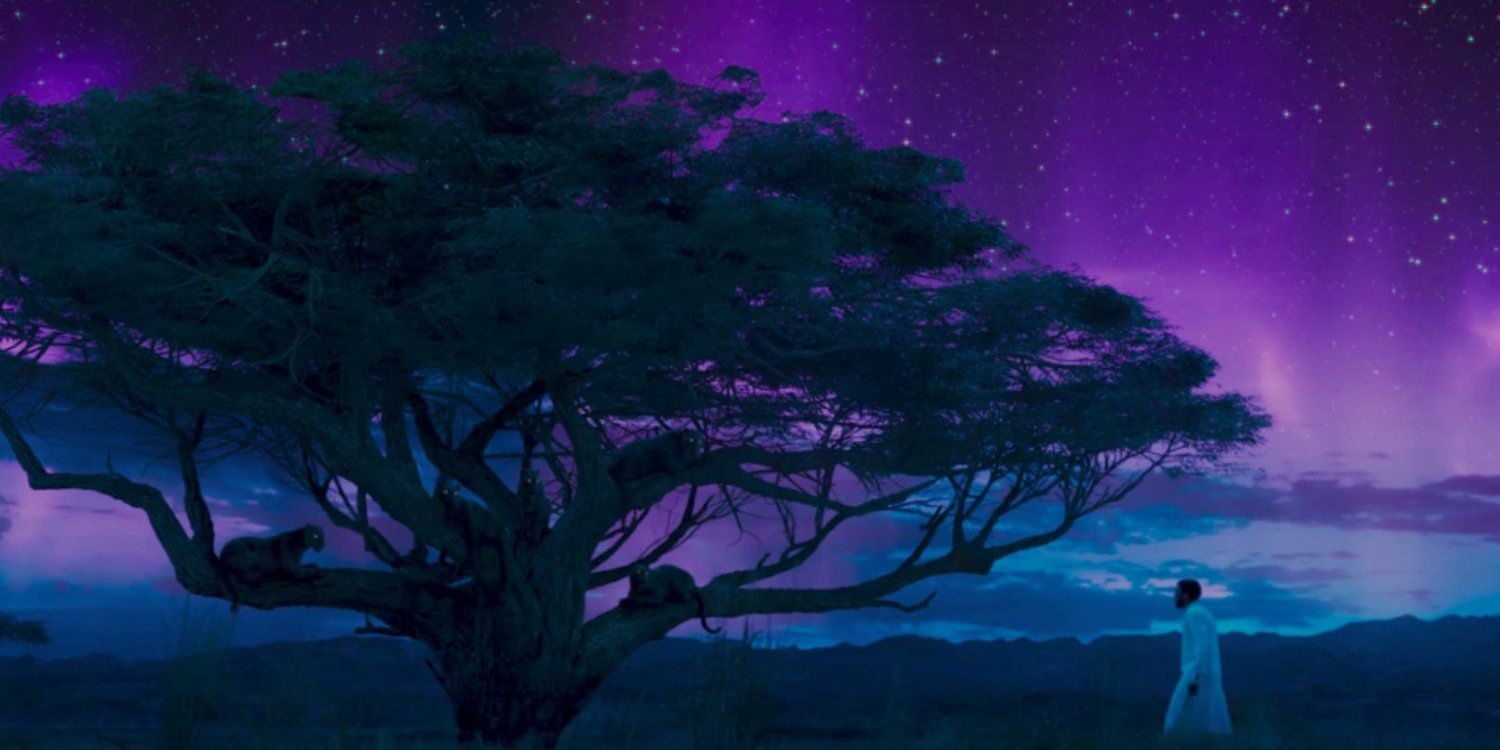
One of the goals for the creators of Black Panther was to have it serve as a homage to several sub-Sahara African cultures while at the same time staying true to the comics. Production designer Hanna Beachler created the world of Black Panther by studying the cultures and technologies of existing tribes and brainstormed how the technology and infrastructure would have advanced had colonialism not interfered.
Location was an important aspect in keeping this goal in mind. Black Panther had several locations in which it was shot, including several sound stages in Atlanta, Georgia, on location in South Korea and the Rwenzori Mountains and Bwindi Impenetrable National Park in Uganda. The Bwindi Impenetrable National Park is part of a huge forest of the same name, and it’s also named by the U.N. as a cultural heritage site and one of the most biodiverse places on Earth.
Predator (Mexico)
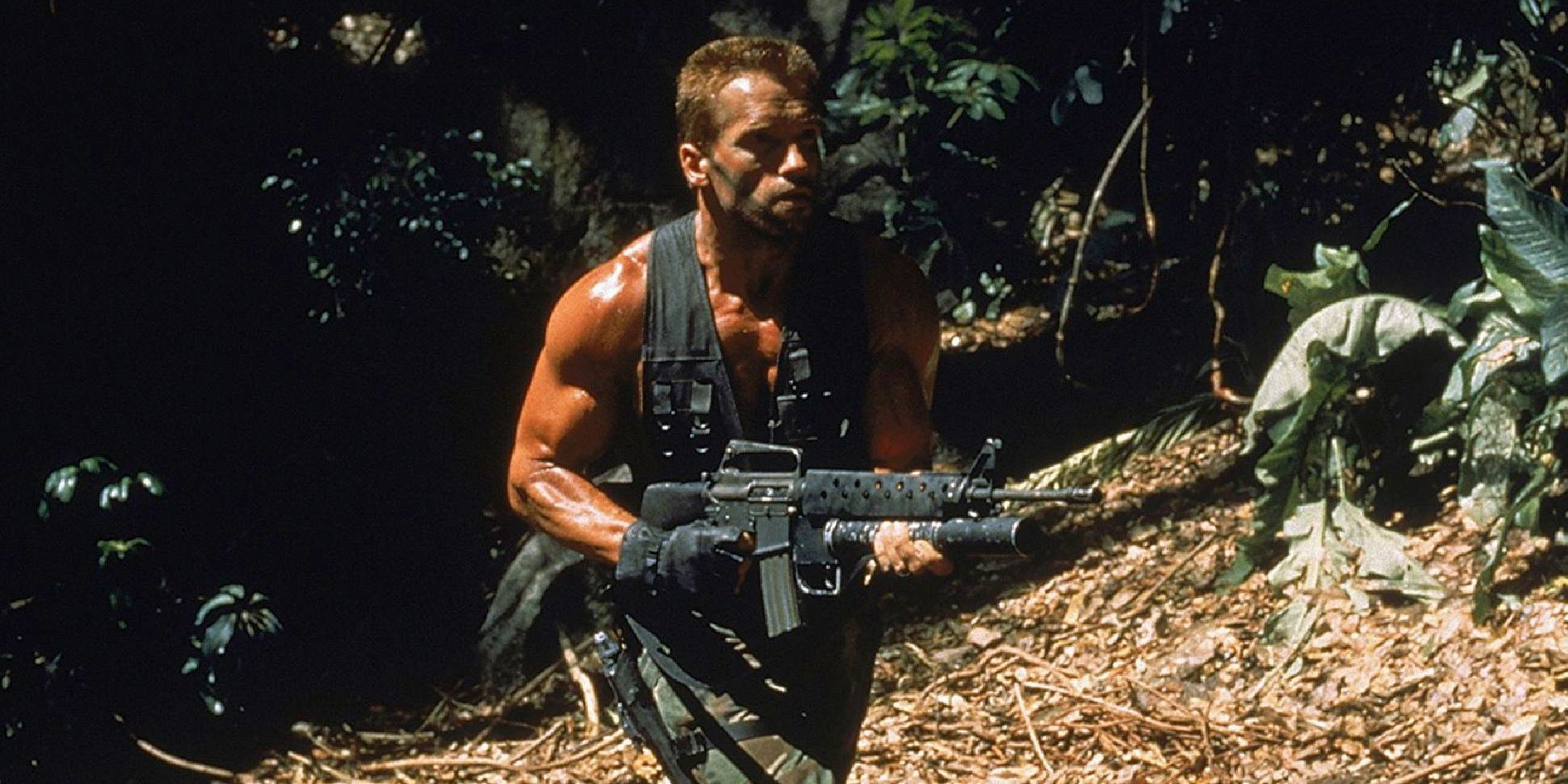
The original 1987 version of Predator was filmed in the jungles of Palenque Mexico. This location posed several problems, including extreme temperatures and wet conditions. Heat lamps had to be brought in, and many of the scenes took place on hills and uneven ground. At one point during filming, Arnold Schwarzenegger had to trudge through cold swampy water filled with thick mud and leeches while being chased by the Predator. Schwarzenegger called the experience a “survival story.”
Monos (Colombia)
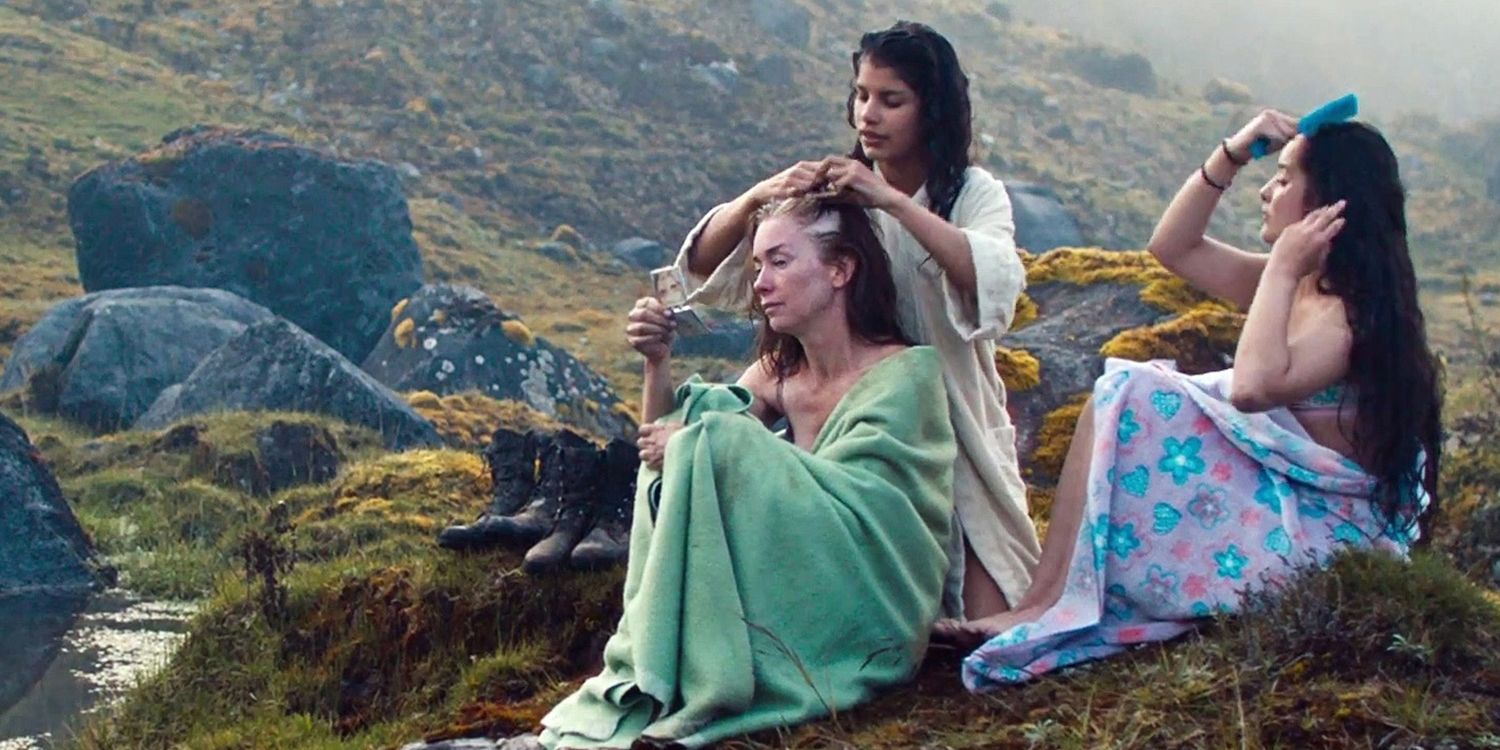
This war drama was shot on location in Chingaza National Natural Park, and at the Samaná River in Colombia. Filming for Monos lasted nine weeks in these intense but beautiful places. The jungle scenes, in particular, were unusual for a film shoot because of how remote and untouched by humans the location was.
A base camp had to be established for the crew complete with military tents, and food and equipment were carried up the mountains by donkeys. The crew dealt with heavy rainfall, elevation sickness, and scarce resources like electricity and refrigerated food as they filmed high in the mountains.
Apocalypse Now (The Philippines)
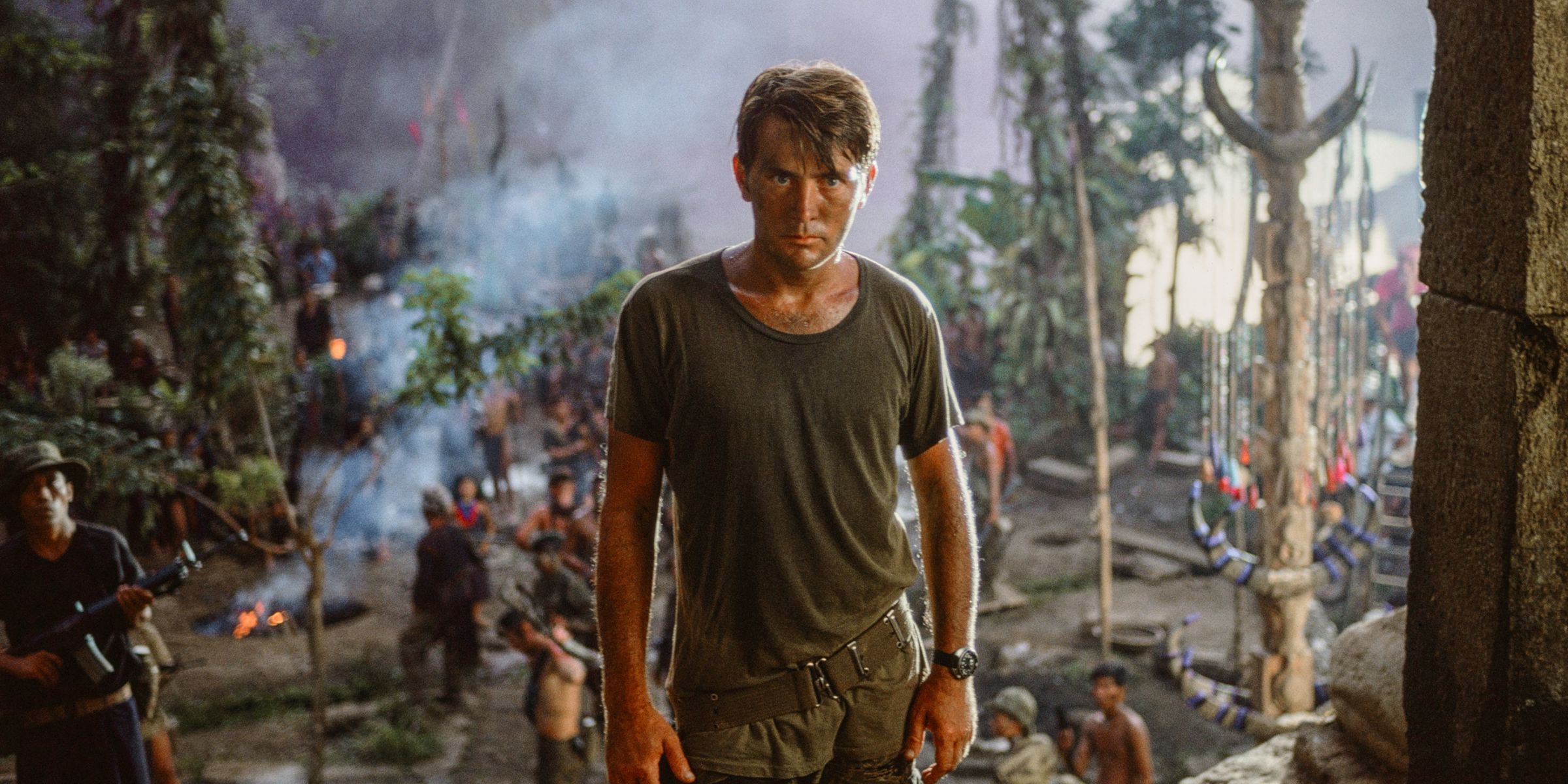
Production for Apocalypse Now was famously riddled with problems and struggles. One of the many woes the film cast, crew, and director faced was the difficult location. A huge typhoon rocked the Philippines two months into filming, delaying production for three months.
Even worse, some of the sets were destroyed in the storms. Much of the crew ended up flying back to the U.S. to wait out the conditions. Despite all the difficulties production faced, they eventually overcame them, and Apocalypse Now would go on to win the Palme d’Or at Cannes Film Festival. It’s now considered by many to be one of the best films ever made.
Mad Max: Fury Road (South Africa)
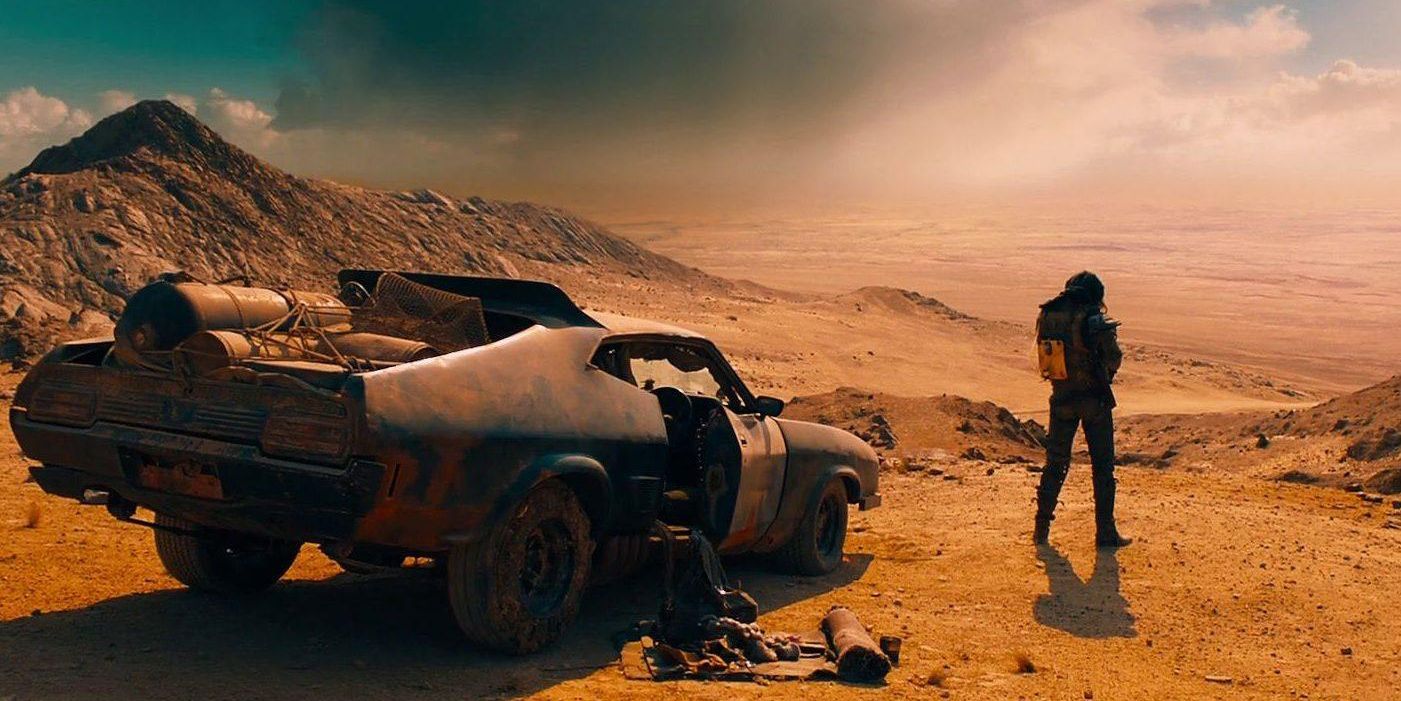
2015’s Mad Max: Fury Road was able to achieve its unique apocalyptic aesthetic by shooting in Dorob National Park, located in one of the oldest deserts in the world, The Namib Desert in South Africa. While the scenery was beautiful, the conditions were harsh; actors dealt with sand, wind, and freezing temperatures at night.
There were also other environmental difficulties in terms of conservation. A leaked report had stated that some endangered plants had been damaged during filming. Despite the rough and destructive nature of the scenes, the claim of environmental damage was later disputed, and the Namibian Coast Conservation and Management Project said that the report was an unfinalized draft and shouldn’t have been used to make a judgment call.
Lord Of The Rings Trilogy (New Zealand)
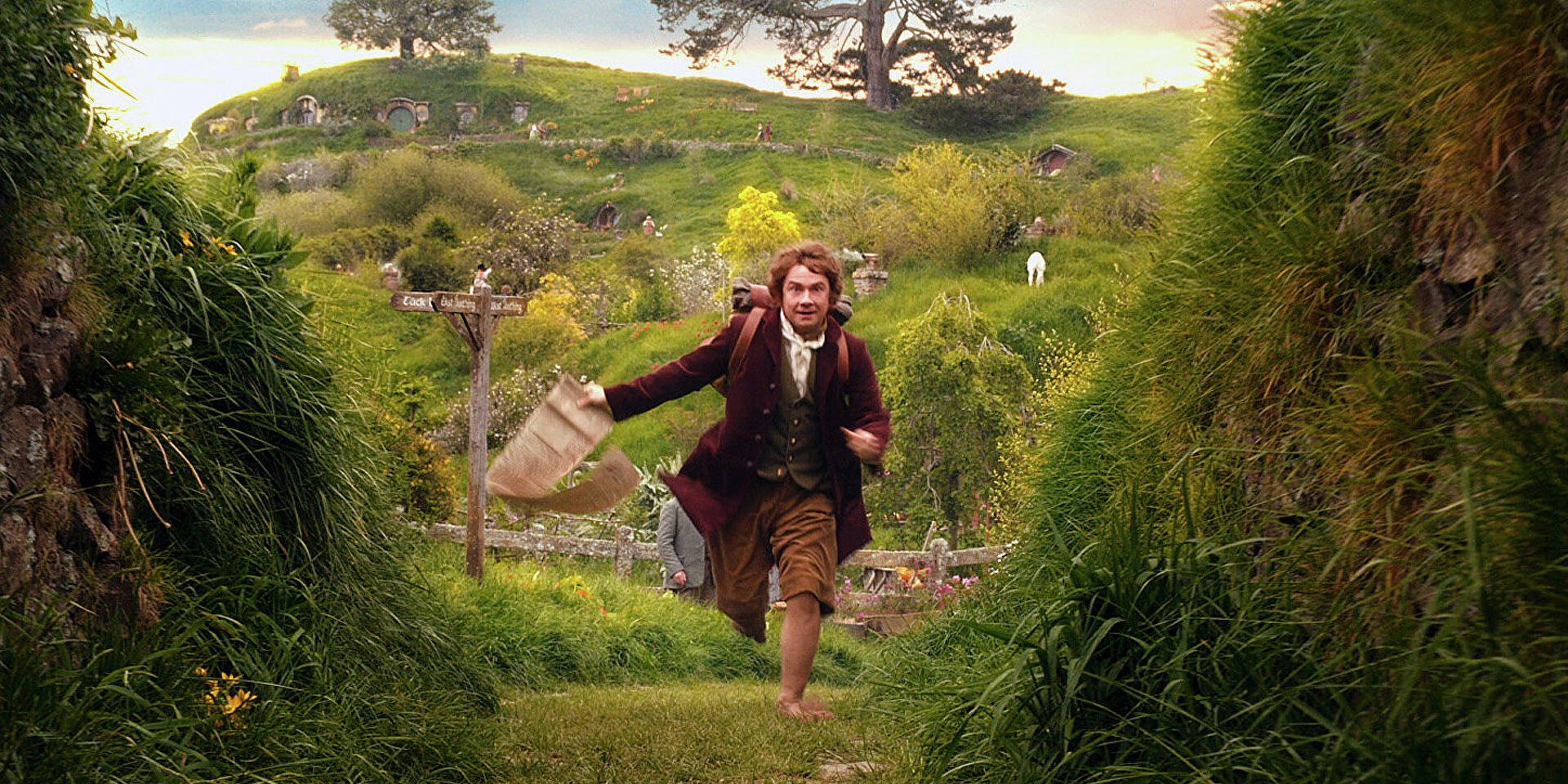
This epic collection of movies were made famous thanks to their beautiful scenery and stunning landscapes. In fact, New Zealand has enjoyed an increase in tourism partially due to The Lord Of The Rings, and travelers can go on “Lord of the Rings Tours” where they can visit the movie’s actual locations. Over 150 locations in New Zealand were used for the movies, including the city of Matamata and Queenstown, which is a resort town on the South Island.
Jaws (The Atlantic Ocean)
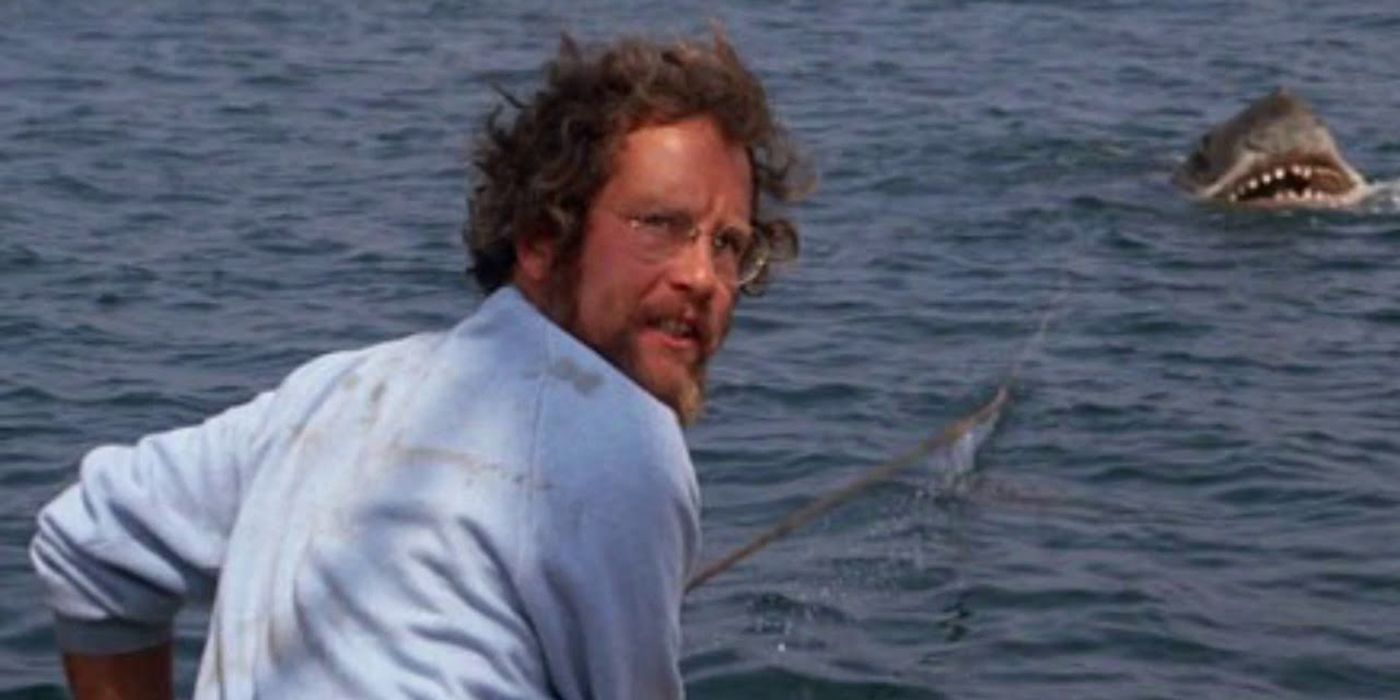
Steven Spielberg’s decision to shoot a portion of the principal photography on the open ocean caused a few different problems and delays. At one point, one of the boats carrying the cast and crew actually began sinking and had to be evacuated, and a stuntman almost drowned while he was trying to get footage of real sharks to add to the movie.
Because of these difficulties, much of the crew doubted and disliked Spielberg on the set of Jaws, but, in the end, it became the first of many successes. The decision to shoot on the water paid off as the ocean scenes were all the more realistic, evoking danger and a lack of control.
The Revenant (Canada)
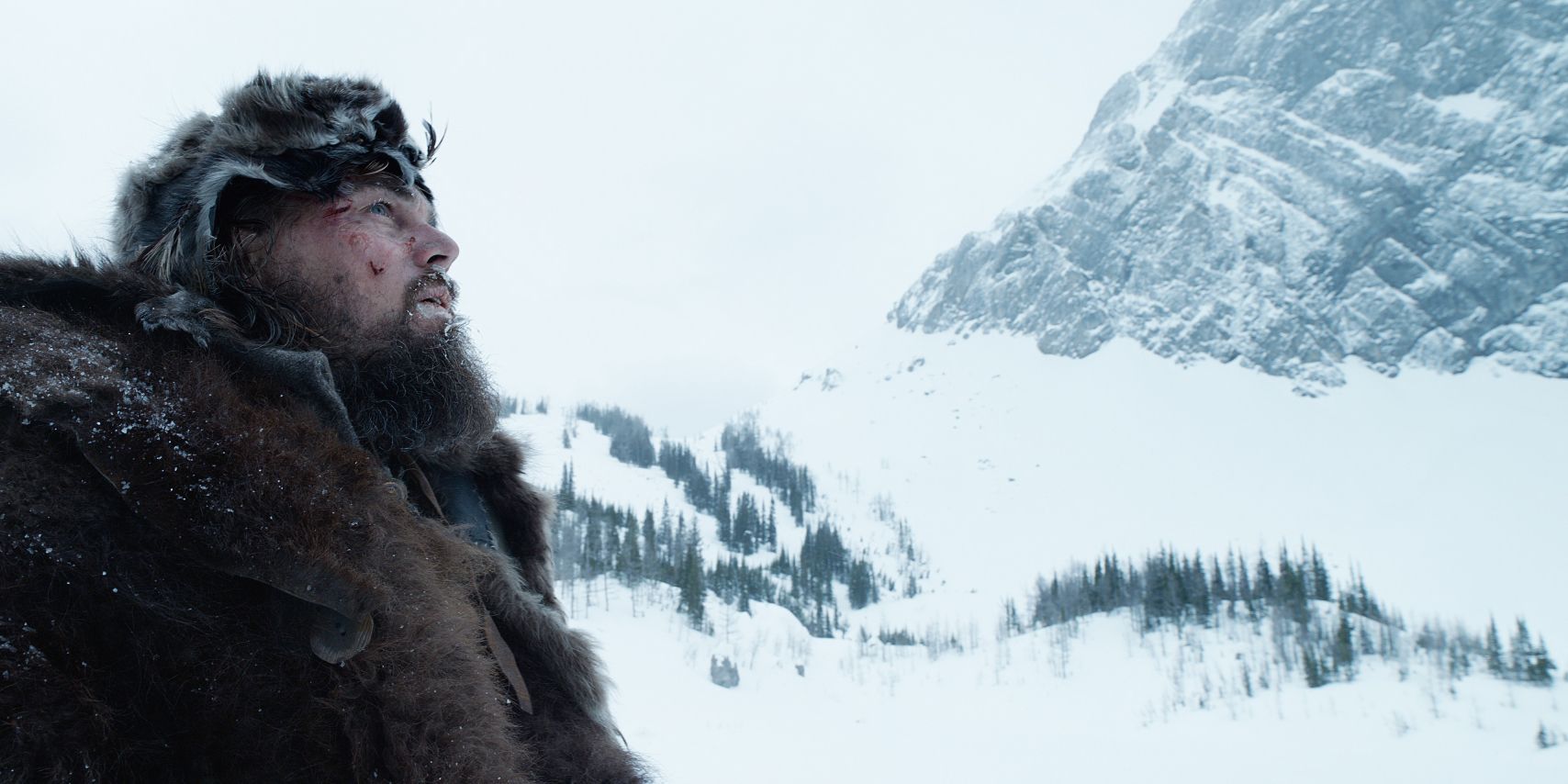
This rugged and brutal tale finally earned Leonardo DiCaprio his Oscar. The harshness of The Revenant is reflected in its setting. The Canadian Rockies was where much of the scenes were shot, but the cast and crew also filmed in remote areas of Argentina, Italy, and Montana.
There were some crew members that quit the shoot because of intense conditions and freezing weather. DiCaprio stated that wading through freezing river waters for this movie was one of the most difficult tests of his career.




